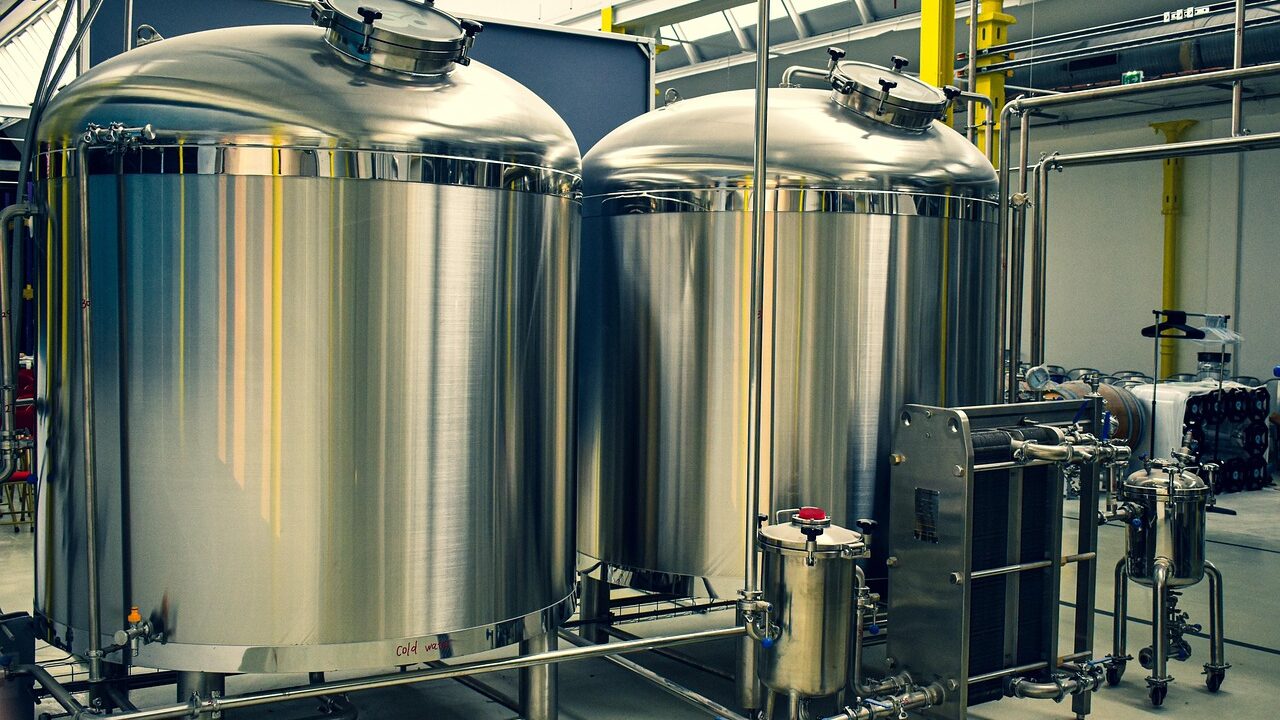
Fermentation plays a vital role in the food and beverage industry, enabling the production of a wide variety of goods—from bread and dairy to alcoholic beverages. However, maintaining consistent quality throughout fermentation can be complex, requiring precise control of environmental conditions.
In this blog, you’ll learn how Zirconia Oxygen Sensors help address these challenges by enabling greater precision and efficiency in fermentation processes.
Understanding Fermentation and Its Key Challenges
Fermentation is a metabolic process that transforms sugars into acids, gases, or alcohol. It occurs naturally in yeast, bacteria, and even oxygen-deprived muscle cells. In industrial food production, fermentation is indispensable—but it’s not without its difficulties.
Common fermentation challenges include:
-
Microbial Health Management
The success of fermentation hinges on maintaining healthy, active microorganisms like yeast and bacteria. Factors such as temperature, pH, and nutrient levels must be carefully regulated. -
Contamination Control
Unwanted microbes can disrupt fermentation, compromising the safety, flavor, and texture of the product. Maintaining sterile conditions is essential to prevent contamination. -
Consistency and Quality Assurance
Variability in fermentation conditions can lead to inconsistent outcomes—affecting flavor, alcohol content, and other quality metrics. Reliable quality control is critical for brand integrity. -
Optimizing Fermentation Conditions
Determining the ideal duration, temperature, and oxygen level for each process can be challenging. Both over- and under-fermentation can negatively impact product quality. -
Scaling Up Production
What works in small-scale fermentation doesn’t always translate to larger operations. Scaling while preserving quality requires careful environmental management. -
Energy Use
Maintaining fermentation conditions can be energy-intensive. Improving efficiency without sacrificing quality is a continual challenge. -
Waste Management
Fermentation by-products can pose environmental and logistical issues, especially in large-scale settings. Effective waste handling is essential for sustainability.
Given these complexities, advanced tools like Zirconia Oxygen Sensors are proving invaluable in optimizing fermentation environments and outcomes.
What Are Zirconia Oxygen Sensors?
Zirconia Oxygen Sensors (or Zirconium Dioxide Oxygen Sensors) are high-precision devices that measure oxygen concentration in various environments, including fermentation systems. They work by leveraging the conductivity of zirconia ceramic, which changes based on oxygen levels when heated.
These sensors are prized for:
-
High sensitivity and accuracy in detecting even small fluctuations in oxygen levels
-
Durability and reliability in harsh industrial conditions
-
Low maintenance needs, thanks to their robust design
How Zirconia Oxygen Sensors Improve Fermentation Outcomes
-
Precise Oxygen Control
Maintaining optimal oxygen levels is crucial. In processes like beer brewing, even slight variations can impact yeast performance and product flavor. These sensors offer real-time data, enabling fine-tuned oxygen management throughout fermentation. -
Supporting Microbial Health
Microorganisms involved in fermentation have specific oxygen needs. Zirconia sensors help maintain ideal environments for microbial activity—whether aerobic or anaerobic—ensuring fermentation proceeds as intended. -
Preventing Aerobic Fermentation
In many cases, excess oxygen is undesirable. For example, in wine or beer production, too much oxygen can trigger aerobic fermentation and result in off-flavors. These sensors alert operators to high oxygen levels, helping prevent such issues. -
Boosting Efficiency and Minimizing Waste
Real-time oxygen monitoring allows for immediate adjustments, helping avoid failed batches and reducing waste. This improves both product quality and production economics. -
Ensuring Product Consistency
Consistency across batches is crucial for consumer trust. Zirconia Oxygen Sensors support reliable, repeatable fermentation conditions—essential for maintaining flavor, texture, and other quality attributes. -
Enabling Data-Driven Optimization
Many systems equipped with Zirconia sensors collect long-term data. This information supports better decision-making, recipe refinement, and continuous process improvement. -
Facilitating Scalable Production
Scaling up fermentation without losing quality is complex. Zirconia sensors provide the precision needed to replicate small-batch conditions in larger systems.
Conclusion: The Value of Zirconia Oxygen Sensors in Fermentation
Incorporating Zirconia Oxygen Sensors into fermentation processes delivers significant advantages for food and beverage manufacturers. These sensors provide precise, real-time oxygen monitoring, which is essential for maintaining optimal fermentation conditions. The benefits include improved product quality, reduced production waste, enhanced energy efficiency, and greater consistency across batches. Additionally, the data collected enables continuous process optimization and informed decision-making.
Ultimately, Zirconia Oxygen Sensors go beyond simple monitoring, they are strategic tools that drive innovation, support sustainable practices, and strengthen competitive positioning in the dynamic fermentation industry.



